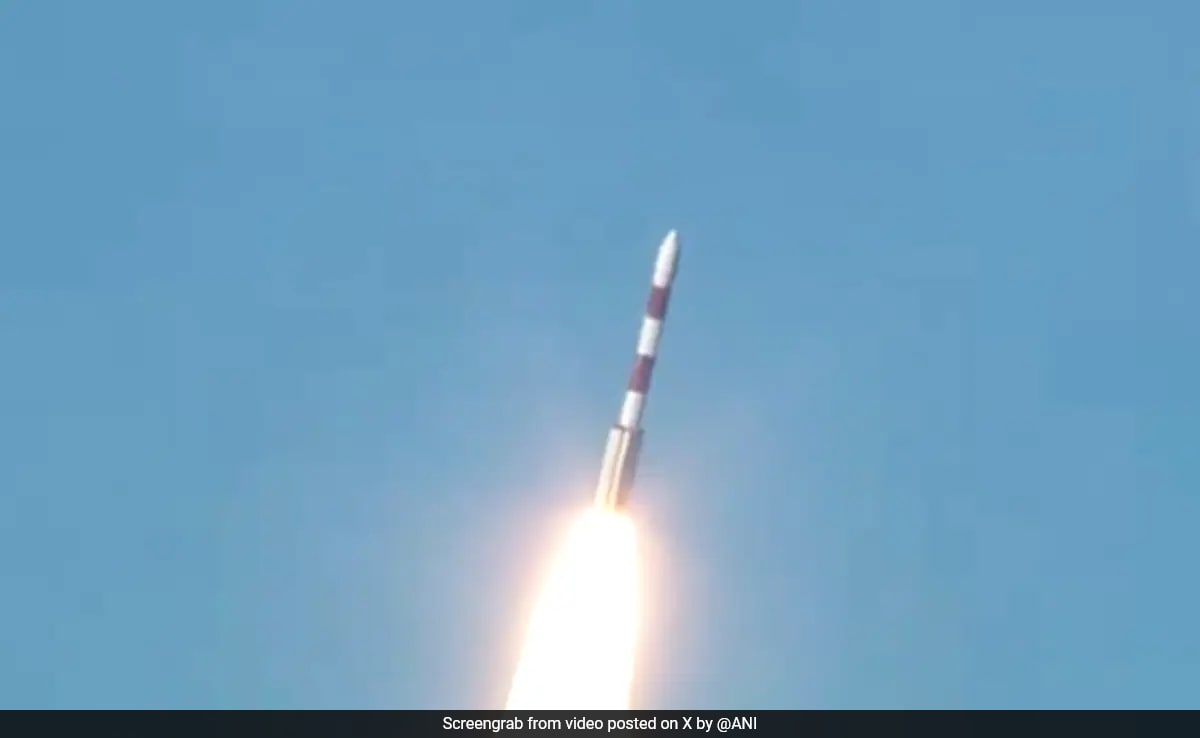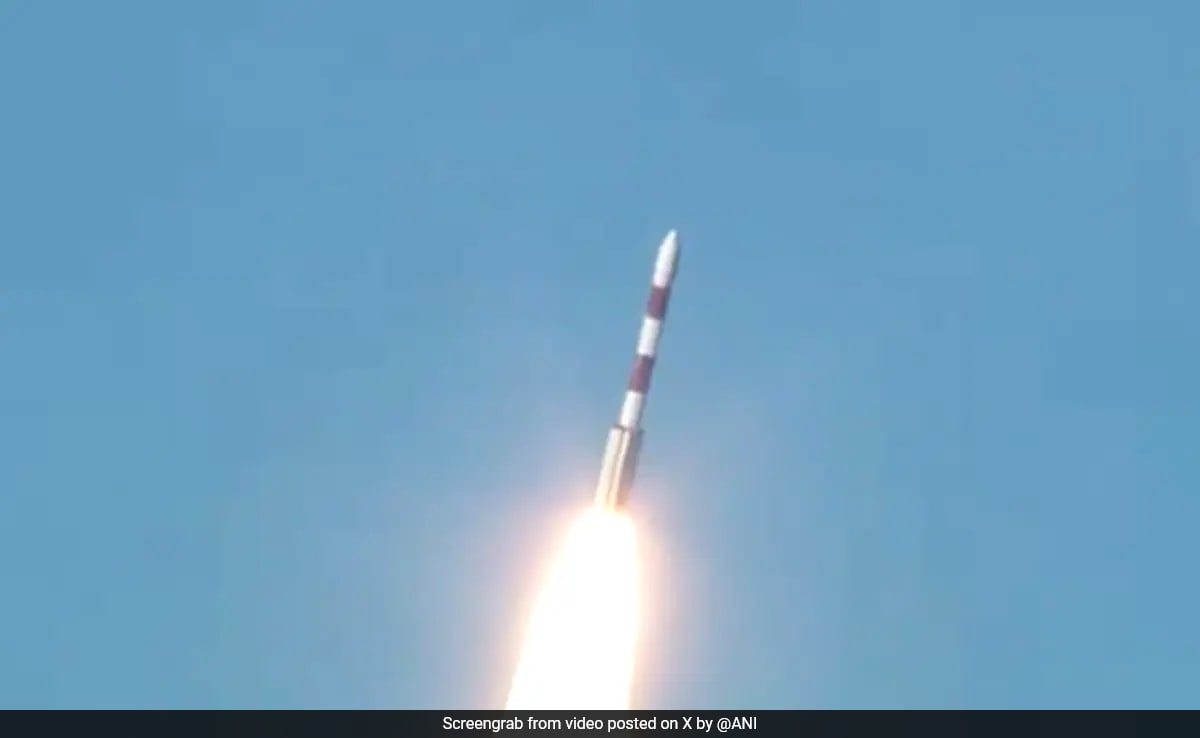

The Indian Space Research Organisation’s (ISRO) workhorse rocket PSLV today successfully achieved its launch objectives, deploying the European Space Agency (ESA) Proba-3 satellite into its “designated orbit with precision”.
The PSLV rocket lifted off today at 4:04 pm from the Sriharikota launch station in Andhra Pradesh, carrying the Proba-3 satellites.
✅ Mission Success!
The PSLV-C59/PROBA-3 Mission has successfully achieved its launch objectives, deploying ESA’s satellites into their designated orbit with precision.
🌌 A testament to the trusted performance of PSLV, the collaboration of NSIL and ISRO, and ESA’s innovative…
— ISRO (@isro) December 5, 2024
The launch was postponed yesterday after an ‘anomaly’ was detected in the satellites.
In its 61st flight, India’s workhorse rocket, the Polar Satellite Launch Vehicle (PSLV), has been tasked by the European Space Agency (ESA) to launch a unique pair of satellites designed to simulate a total solar eclipse through precision formation flying in space.
ISRO stated that the vehicle will place the Proba-3 spacecraft into a highly elliptical orbit as part of a dedicated commercial mission under New Space India Limited (NSIL), ISRO’s commercial arm.
Proba-3 is an in-orbit demonstration (IOD) mission by the ESA, aiming to showcase advanced formation-flying technologies. It consists of two spacecraft: the Coronagraph Spacecraft (CSC) and the Occulter Spacecraft (OSC). These will be launched together in a stacked configuration.
Weighing a combined 545 kg, the two satellites will be carried into space by the 44.5-meter-tall PSLV rocket, which weighs 320 tonnes at lift-off. Approximately 18 minutes after launch, the satellites will be deployed at an altitude of 600 km above Earth.
The Proba-3 mission involves two mini-satellites flying in close formation with the ability to precisely control their attitude and separation. This innovative configuration simulates a total solar eclipse and demonstrates cutting-edge formation-flying and rendezvous technologies. According to ISRO, Proba-3 is ESA’s-and the world’s-first precision formation-flying mission. The satellites will maintain a fixed configuration as if they were a single rigid structure in space.
This marks the second ESA satellite launch aboard an Indian rocket. The first, the Proba-1 mission, was launched in 2001 using the PSLV. Originally planned as a one-year mission, Proba-1 has exceeded expectations, remaining operational for over two decades.



